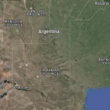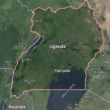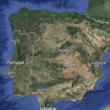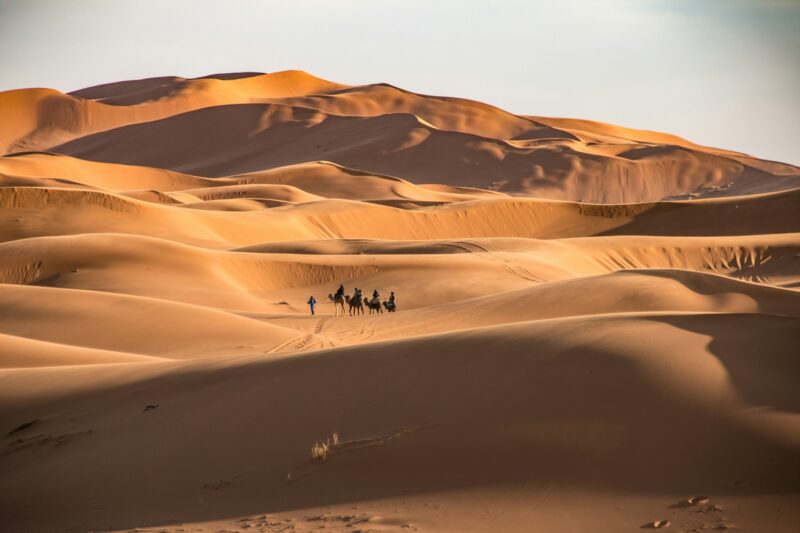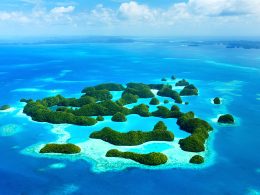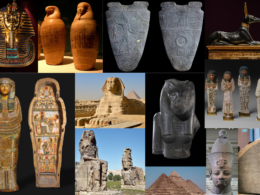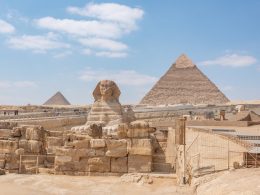The Sahara Desert, often referred to simply as the Sahara, is one of the most iconic and fascinating landscapes on Earth. Spanning approximately 3.6 million square miles (9.4 million square kilometers), it is the largest hot desert in the world, dwarfing entire countries with its vast expanse.
This article delves into the rich history, unique geography, and cultural significance of the Sahara Desert while highlighting the top things to see and do in this awe-inspiring region.
The Geography and Climate of the Sahara Desert
The Sahara Desert stretches across North Africa, encompassing parts of ten different countries: Algeria, Chad, Egypt, Libya, Mali, Mauritania, Morocco, Niger, Sudan, and Tunisia.
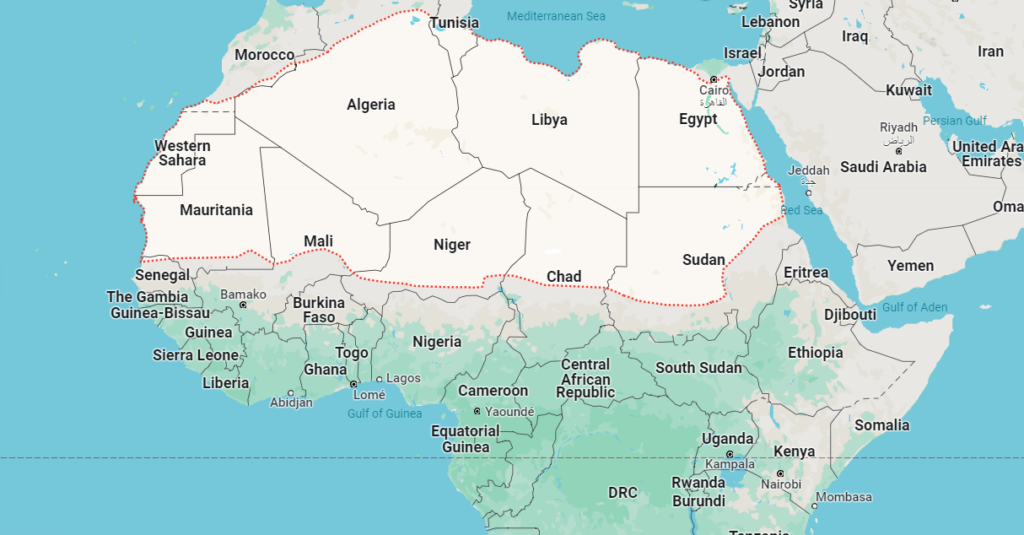
The desert is bounded by the Atlantic Ocean to the west, the Red Sea to the east, the Mediterranean Sea to the north, and the Sahel, a semi-arid tropical savanna region, to the south.
Climate
The Sahara is known for its extreme climate conditions, characterized by scorching daytime temperatures and frigid nights. Summer temperatures can soar above 120°F (49°C), while winter nights can drop below freezing.
The desert receives minimal rainfall, with some regions experiencing less than an inch (25 mm) of rain annually. These harsh conditions create a unique and challenging environment for both flora and fauna.
Landscape
The Sahara’s landscape is diverse, comprising vast sand dunes, rocky plateaus, gravel plains, dry valleys, and salt flats. The sand dunes, or “ergs,” can reach heights of up to 590 feet (180 meters) and cover about 25% of the desert’s surface.
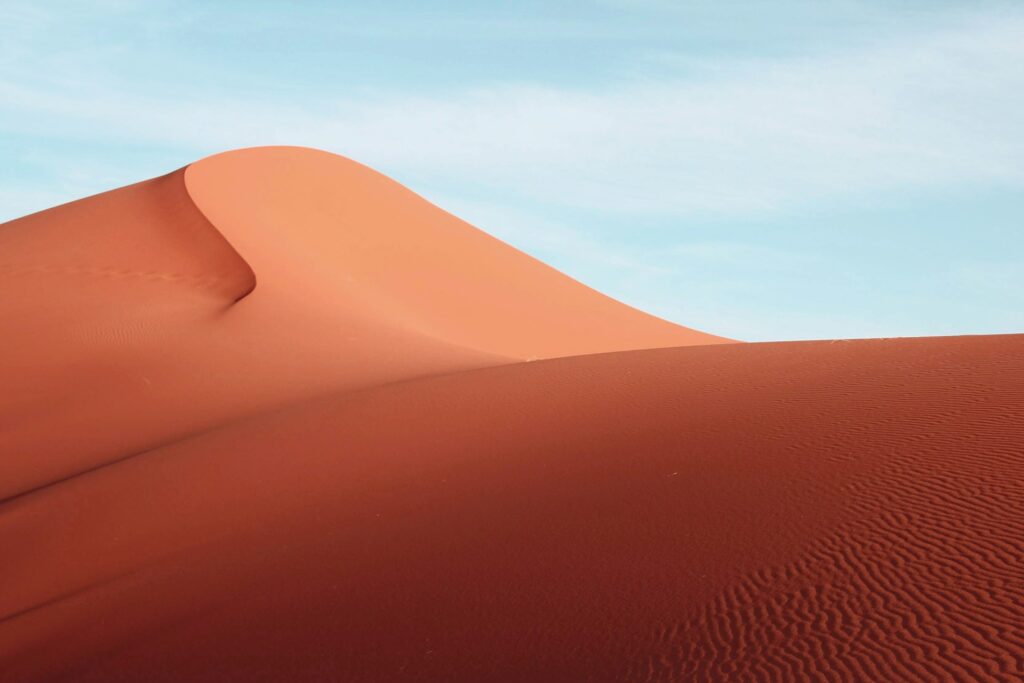
The remaining areas are rocky or covered with coarse gravel, known as “regs.” Notable features include the Ahaggar Mountains in Algeria, the Tibesti Mountains in Chad, and the Libyan Desert in eastern Libya.
The History and Culture of the Sahara Desert
The Sahara Desert has been inhabited for thousands of years by various nomadic tribes and civilizations. These groups have adapted to the harsh environment and developed unique cultures and traditions.
Ancient Civilizations
Archaeological evidence suggests that the Sahara was once a fertile region with abundant water sources and diverse wildlife. Ancient rock paintings and carvings found in the desert depict scenes of hunting, agriculture, and daily life, indicating that early humans thrived in the area.
Around 5000 BCE, the climate began to change, gradually transforming the Sahara into the arid desert we know today.
Nomadic Tribes
The Tuareg, a Berber-speaking nomadic people, are among the most well-known inhabitants of the Sahara. They have traversed the desert for centuries, herding livestock, trading goods, and maintaining their distinct cultural identity.
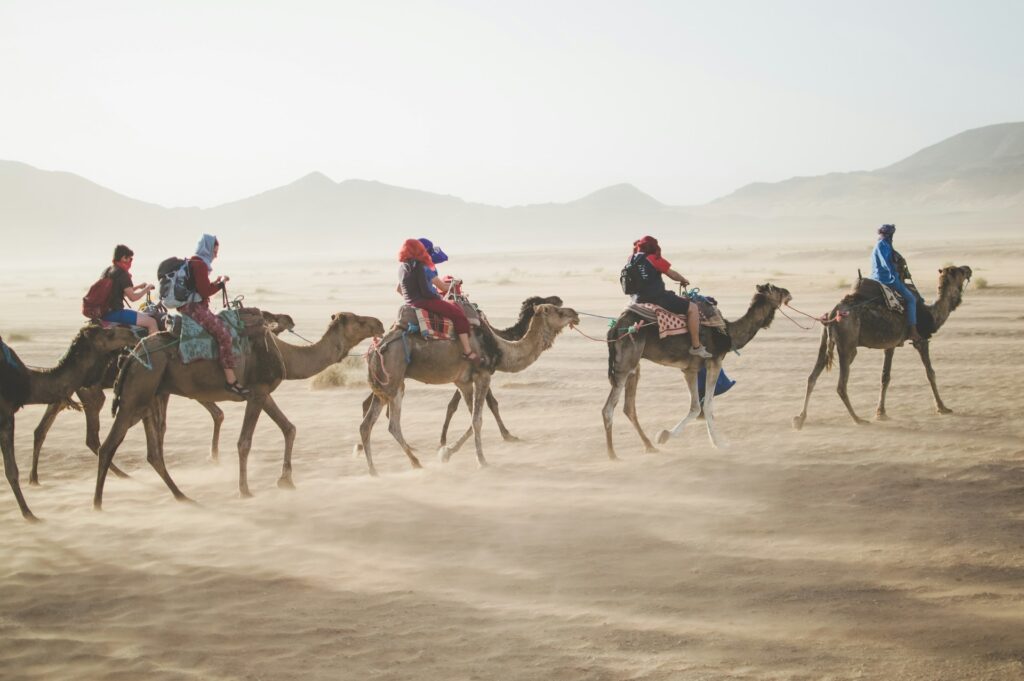
The Tuareg are famous for their traditional blue garments, which they use to protect themselves from the sun and sand. Other notable nomadic groups include the Bedouins, Toubou, and Sahrawis.
Trade and Commerce
The Sahara has played a crucial role in trade and commerce throughout history. The trans-Saharan trade routes connected West Africa to the Mediterranean and Middle Eastern regions, facilitating the exchange of gold, salt, spices, and other valuable commodities.
These trade routes were vital for the economic development of ancient empires such as Ghana, Mali, and Songhai.
Top Things to See and Do in the Sahara Desert
Exploring the Sahara Desert offers a unique and unforgettable adventure. From stunning natural landscapes to cultural experiences, here are the top things to see and do in the Sahara.
1. Camel Trekking
Camel trekking is one of the quintessential experiences in the Sahara Desert. Riding a camel allows you to traverse the vast dunes and explore remote areas that are inaccessible by vehicle.
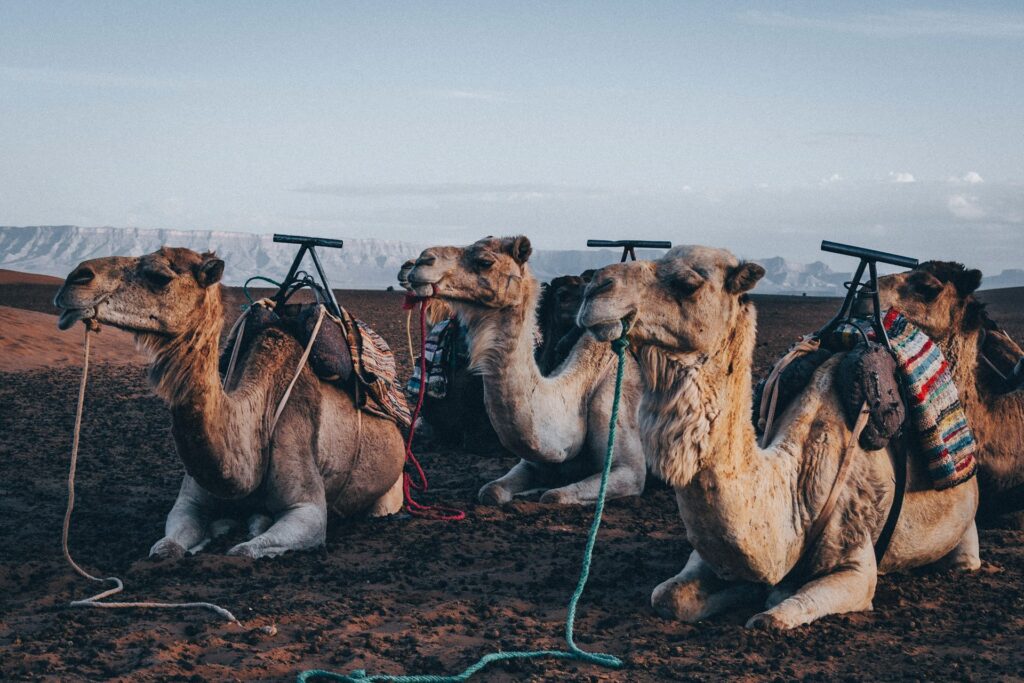
Trekking routes vary, ranging from short excursions to multi-day journeys that take you deep into the heart of the desert. Popular starting points for camel treks include Merzouga in Morocco and Douz in Tunisia.
2. Camping Under the Stars
The Sahara Desert is renowned for its clear night skies, making it an ideal location for stargazing. Camping under the stars in the desert is a magical experience, where you can witness the Milky Way in all its glory.
Many tour operators offer guided camping trips, providing traditional Berber tents, meals, and entertainment around a campfire.
3. Visiting Oases
Oases are lush, green havens in the midst of the desert, providing water and sustenance for both people and wildlife. Visiting an oasis offers a refreshing break from the harsh desert environment.
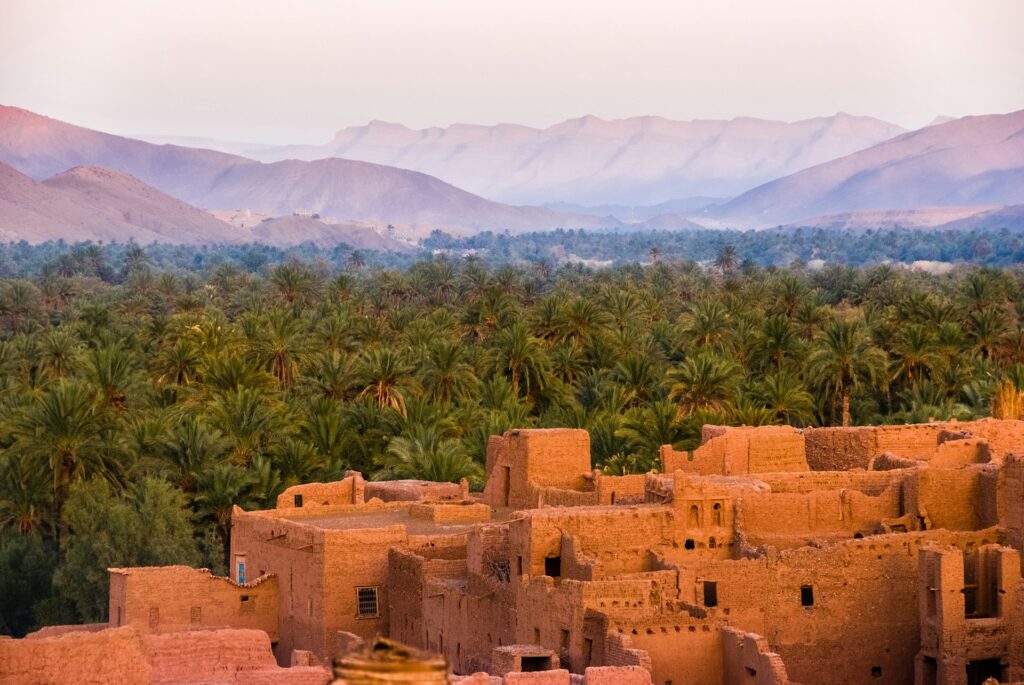
Some notable oases in the Sahara include the Siwa Oasis in Egypt, known for its ancient ruins and hot springs, and the M’Zab Valley in Algeria, a UNESCO World Heritage Site with unique architecture and cultural heritage.
4. Exploring Ancient Ruins
The Sahara is home to several ancient ruins that offer a glimpse into the region’s rich history. The ancient city of Timbuktu in Mali, once a thriving center of learning and trade, features historic mosques and manuscripts.
The Garamantian ruins in Libya, including the city of Garama, showcase the remains of an ancient Berber civilization. Exploring these sites provides insight into the cultural and historical significance of the Sahara.
5. Sandboarding
For adventure enthusiasts, sandboarding is a thrilling activity that involves sliding down the sand dunes on a board, similar to snowboarding. The Sahara’s towering dunes provide the perfect terrain for this exhilarating sport.
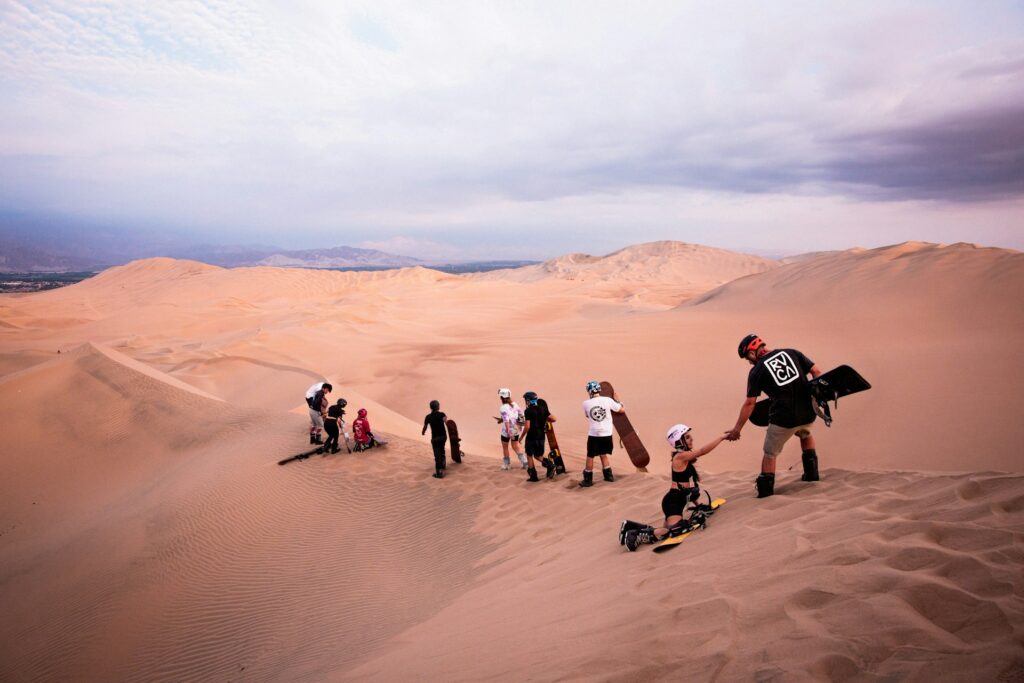
Sandboarding can be enjoyed in various locations across the desert, with Erg Chebbi in Morocco being one of the most popular spots.
6. Four-Wheel Drive Tours
A four-wheel drive tour is an excellent way to explore the vast expanses of the Sahara Desert. These tours take you off the beaten path, allowing you to visit remote areas, rugged landscapes, and hidden gems.
Experienced guides lead the way, ensuring a safe and informative journey. Some tours also include cultural experiences, such as visiting nomadic camps and learning about traditional desert life.
7. Hot Air Balloon Rides
For a bird’s-eye view of the Sahara, consider taking a hot air balloon ride. Soaring above the desert at sunrise or sunset provides breathtaking panoramic views of the dunes, mountains, and oases. This serene and unforgettable experience offers a unique perspective of the Sahara’s vast and diverse landscape.
8. Exploring the Ahaggar Mountains
The Ahaggar Mountains, also known as the Hoggar Mountains, are located in southern Algeria and offer a striking contrast to the surrounding desert. These rugged, volcanic peaks are home to unique rock formations, ancient rock art, and diverse wildlife.
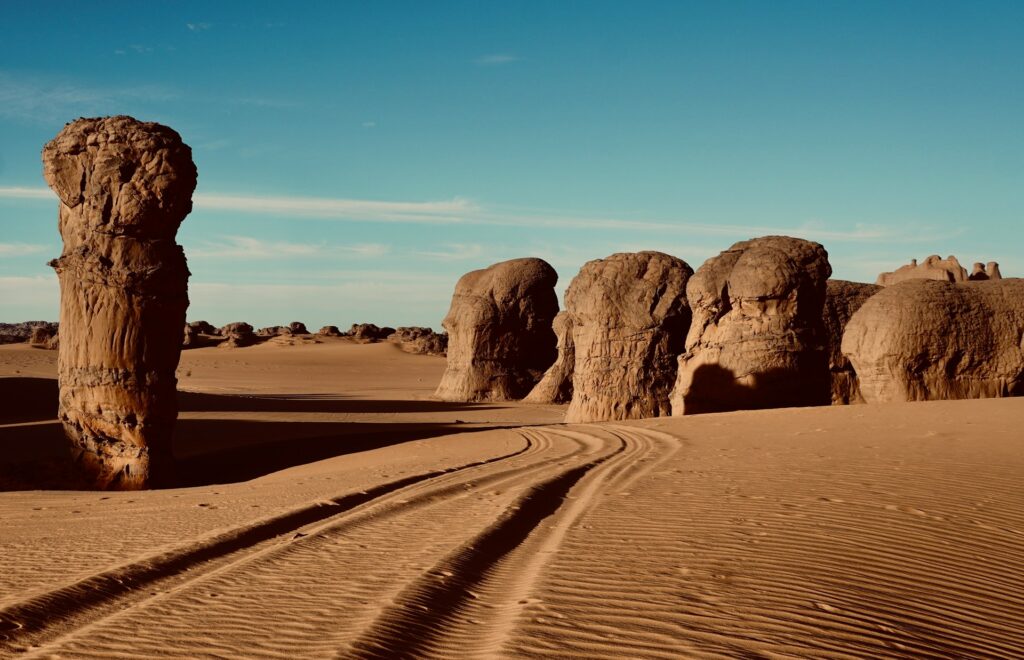
The region is also significant to the Tuareg people, who consider it their spiritual heartland. Exploring the Ahaggar Mountains provides an opportunity to experience the Sahara’s geological and cultural diversity.
9. Visiting the Tassili n’Ajjer
Tassili n’Ajjer is a UNESCO World Heritage Site located in southeastern Algeria. This plateau is renowned for its extensive collection of prehistoric rock art, with over 15,000 engravings and paintings depicting animals, human activities, and abstract patterns.
The rock formations and natural arches of Tassili n’Ajjer create a surreal and otherworldly landscape, making it a must-visit destination for history and nature enthusiasts.
10. Exploring the Tadrart Acacus
The Tadrart Acacus mountain range in southwestern Libya is another UNESCO World Heritage Site known for its stunning rock art and dramatic landscapes. The area features towering sandstone formations, deep canyons, and ancient cave paintings that date back thousands of years.
The rock art depicts scenes of daily life, wildlife, and spiritual rituals, offering a fascinating glimpse into the region’s past.
11. Discovering the Siwa Oasis
The Siwa Oasis, located in the western desert of Egypt, is a unique and enchanting destination. Known for its natural beauty, the oasis is surrounded by palm groves, salt lakes, and hot springs.
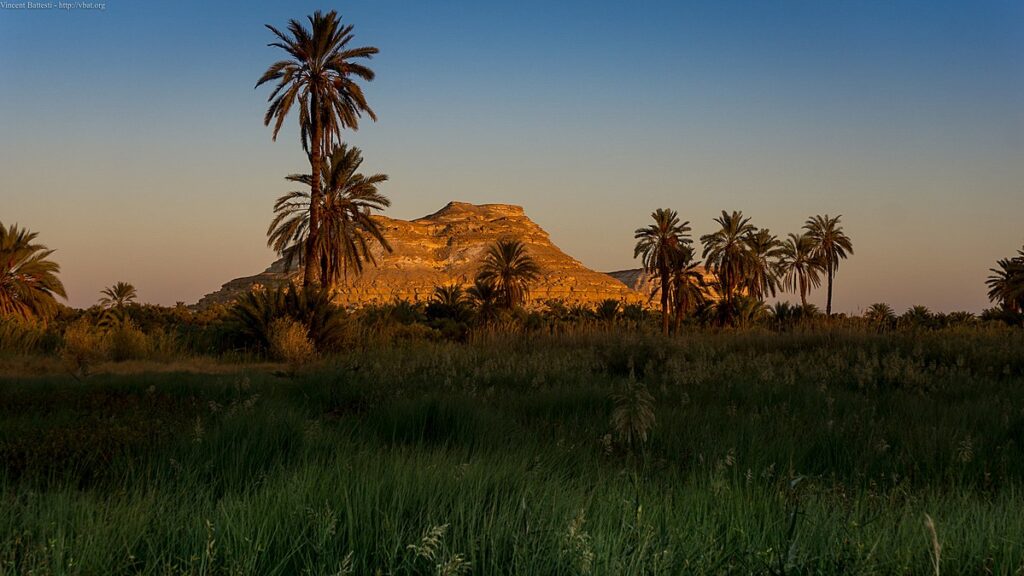
Siwa is also home to ancient ruins, including the Temple of the Oracle of Amun, where Alexander the Great is said to have consulted the oracle. Exploring Siwa provides a blend of natural wonders and historical intrigue.
12. Visiting the Chebika Oasis
Chebika Oasis, located in the mountains of Tunisia, is a picturesque and tranquil retreat. The oasis features lush palm groves, natural springs, and cascading waterfalls, creating a refreshing escape from the desert heat.
The surrounding cliffs offer stunning views of the landscape, and the nearby abandoned village of Chebika adds a touch of mystery and history to the visit.
13. Experiencing the Festival of the Sahara
The Festival of the Sahara, held annually in Douz, Tunisia, is a vibrant celebration of desert culture and traditions. The festival features camel races, traditional music and dance performances, poetry readings, and handicraft exhibitions.
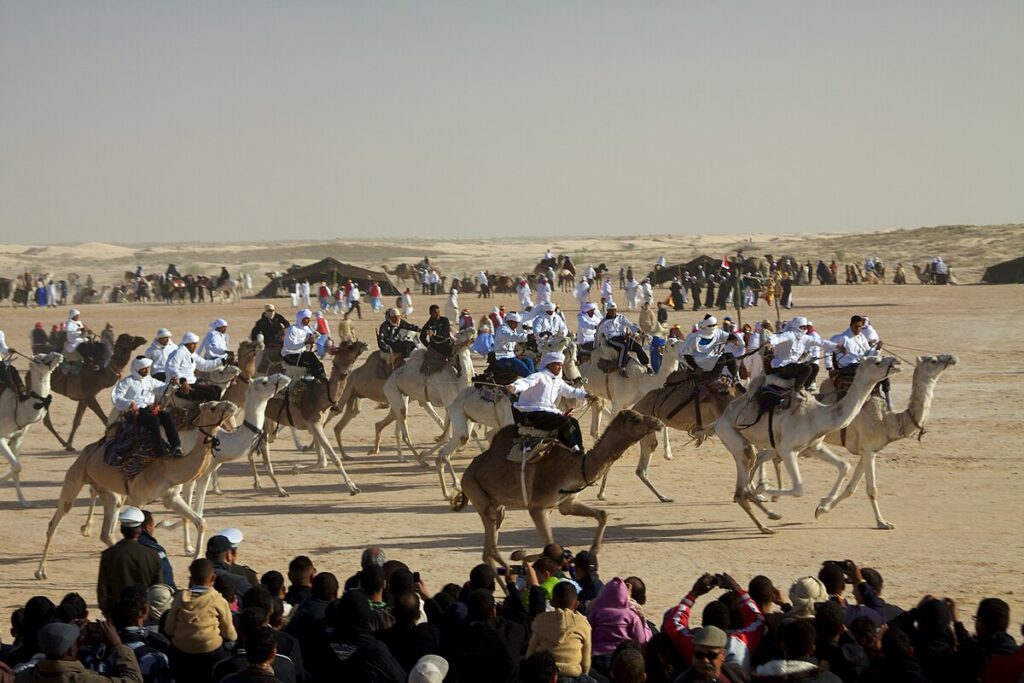
It provides a unique opportunity to immerse yourself in the cultural heritage of the Sahara and witness the colorful festivities of the local communities.
14. Exploring the Erg Chebbi Dunes
Erg Chebbi, located near the town of Merzouga in Morocco, is one of the most famous sand dune fields in the Sahara. The towering dunes, some reaching heights of over 500 feet (150 meters), create a breathtaking and surreal landscape.
Visitors can enjoy camel treks, sandboarding, and camping under the stars, making Erg Chebbi a must-visit destination for desert adventurers.
15. Visiting the Ancient City of Ghadames
Ghadames, known as the “Pearl of the Desert,” is an ancient oasis town in western Libya. The town’s unique architecture, featuring whitewashed mud-brick houses and covered alleyways, creates a maze-like appearance.
Ghadames is a UNESCO World Heritage Site and offers a glimpse into the traditional way of life in the Sahara. The town’s historic center and cultural heritage make it a fascinating destination to explore.
16. Exploring the Ténéré Desert
The Ténéré Desert, located in Niger, is a vast and remote region of the Sahara known for its stunning sand dunes and unique geological formations. The desert is home to the Tree of Ténéré, once considered the most isolated tree on Earth, and the picturesque rock formations of the Aïr Mountains.
Exploring the Ténéré Desert offers a sense of adventure and discovery in one of the most remote areas of the Sahara.
17. Visiting the Djanet Oasis
Djanet, located in southeastern Algeria, is a charming oasis town surrounded by the dramatic landscapes of the Tassili n’Ajjer. The town serves as a gateway to the rock art and natural wonders of the plateau.
Djanet’s lush gardens, palm groves, and traditional architecture create a serene and picturesque setting, making it an ideal base for exploring the surrounding desert.
18. Experiencing the Camel Market in Ksar Ghilane
Ksar Ghilane, a remote oasis in southern Tunisia, is known for its hot springs and stunning desert scenery. One of the unique experiences in Ksar Ghilane is visiting the camel market, where local nomads gather to trade camels and other livestock.
The market provides insight into the traditional way of life in the Sahara and offers an authentic cultural experience.
19. Exploring the Tichit Oasis
Tichit, located in Mauritania, is an ancient oasis town with a rich history and cultural heritage. The town’s historic center features traditional stone houses, narrow alleyways, and ancient mosques.
Tichit is also known for its rock art and archaeological sites, providing a glimpse into the region’s past. Exploring Tichit offers a unique and off-the-beaten-path experience in the Sahara.
20. Discovering the Ennedi Plateau
The Ennedi Plateau, located in northeastern Chad, is a stunning and remote region of the Sahara known for its dramatic rock formations, canyons, and ancient rock art. The plateau features natural arches, towering sandstone pillars, and hidden valleys, creating a surreal and awe-inspiring landscape.
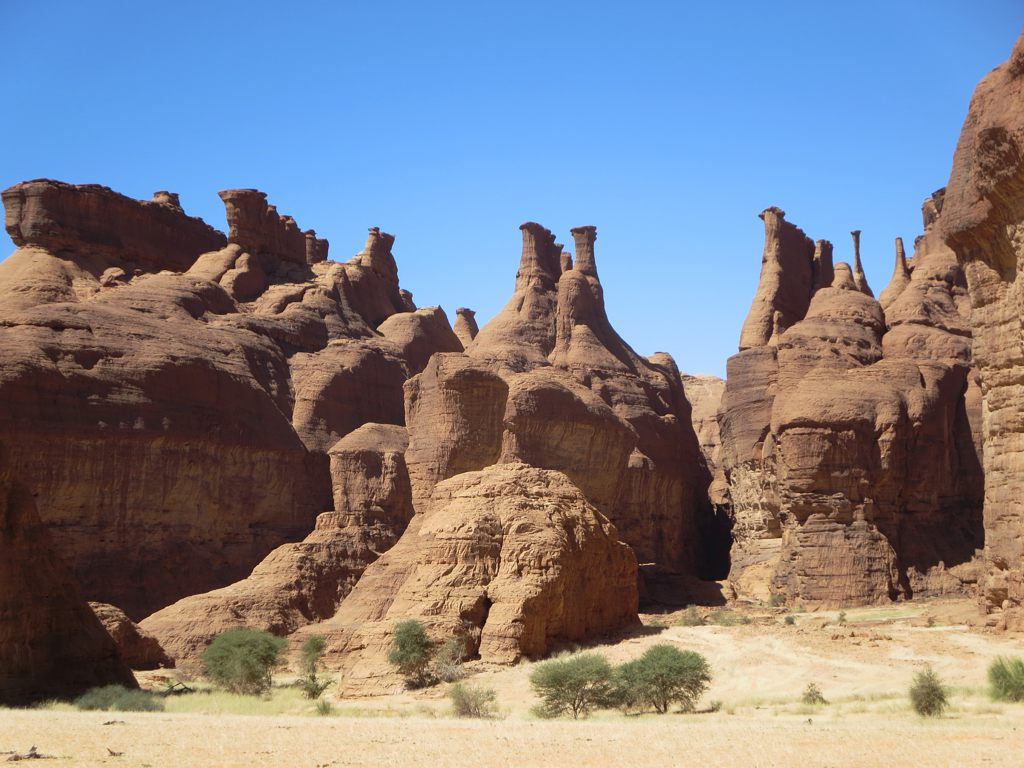
The rock art of the Ennedi Plateau depicts scenes of daily life, wildlife, and spiritual rituals, offering a fascinating glimpse into the region’s history and culture.
Conclusion
The Sahara Desert is a land of extremes, where harsh conditions and stunning beauty coexist. Its vast expanse offers a wealth of experiences, from camel trekking and camping under the stars to exploring ancient ruins and discovering hidden oases. The Sahara’s rich history, unique geography, and vibrant cultures make it a destination like no other.
Whether you’re seeking adventure, tranquility, or a deeper understanding of the desert’s heritage, the Sahara has something to offer every traveler. So, pack your bags, embrace the spirit of exploration, and embark on a journey through one of the most remarkable landscapes on Earth.
**Please note that this post may contain affiliate links. When booking through one of our links, we earn a small kickback at no extra cost to you and it’s a big help to keep the site up and running.


